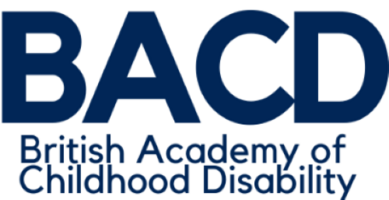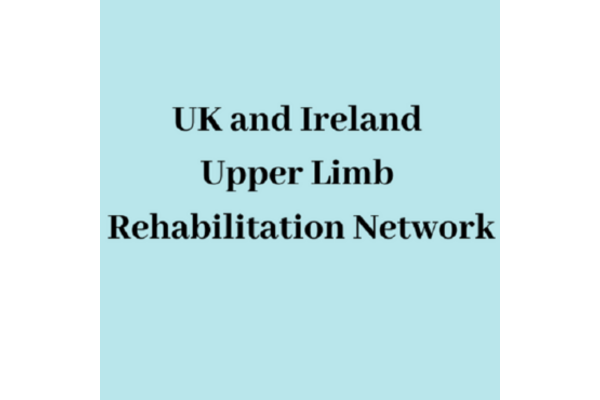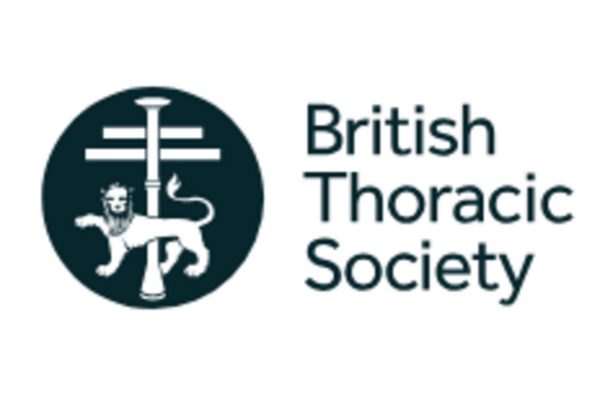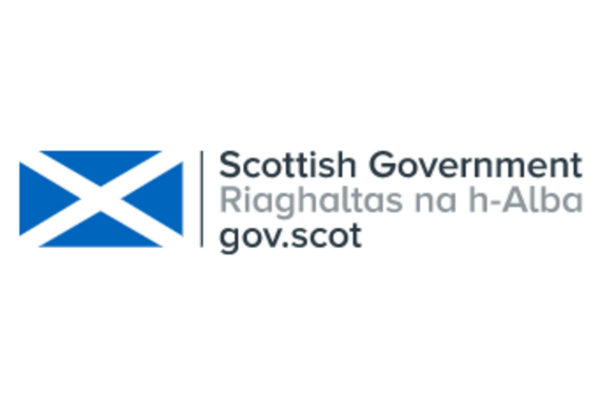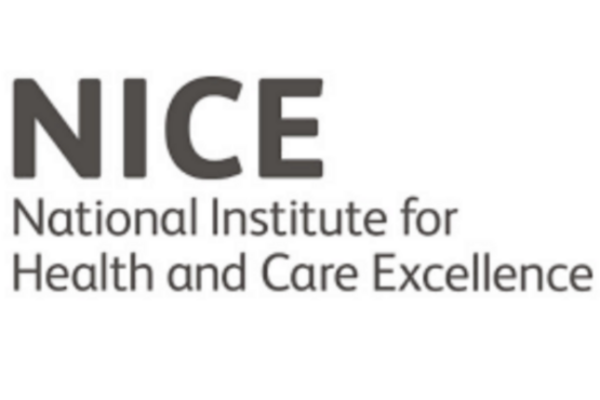The UK and Ireland Upper Limb Rehabilitation Network has produced a consensus level guidance document to support the clinical reasoning and processes that accompany the administration of Botulinum Toxin Type A as an adjunct to evidence-based upper limb therapy in children and young people under 19 years of age.
Botulinum Toxin A is used as an adjunct to therapy for children and young people with upper motor neurone upper limb impairment, with the aim of maximising activity and/or comfort in everyday activities. Injection of Botulinum Toxin A alone affects changes at the level of body functions and structures and provides a window of opportunity for change at the activity level through targeted goal setting and evidence informed therapy.
This guidance supports clinical practice along a typical pathway of care, i.e. from assessment and considerations to support decision making as to whether use of Botulinum Toxin A injection is appropriate, through to the accompanying evidence-informed upper limb therapy and follow up after Botulinum Toxin A injections. It was developed through review of the scientific literature and consensus view of network members, with expert reviews sought from key individuals nationally and internationally.
This guidance includes recommendations on:
- Multi-disciplinary upper limb assessments
- Child/young person and family centred goal setting
- Recommended timeframes for administration of Botulinum Toxin A injection and subsequent interventions
- When not to proceed with Botulinum Toxin A injections and why
Upper limb intervention type and dosage - Evidence informed outcome measures Procedures for reviewing children and young people
Key recommendations include that clinicians should not recommend Botulinum Toxin A if there is no service provision or capacity to provide support services, follow-up, and therapy following injection. Botulinum Toxin A in isolation is not effective in delivering functional change, and injections should always be accompanied by a pre-planned therapy programme. Reducing over activity in muscles using Botulinum Toxin A is achieved at the cost of muscle atrophy which may not be completely reversible. Further research is needed to evaluate the long-term risks and effects of Botulinum Toxin-A injections in children with cerebral palsy.
The United Kingdom and Ireland Upper Limb Rehabilitation Network is a network of over 250 clinicians from a range of therapy, medical and surgical backgrounds. The purpose of the network is to share skills and knowledge and improve access to quality care for children with neurodisability who need upper limb rehabilitation. There are regional network representatives across all of the devolved nations and the republic of Ireland coordinating local networks of rehabilitation ‘champions’. Some of the regions have run their own events sharing local practice. We are now considering the form and focus of the network for the future.
If you are interesting in joining the network, please contact the London regional group who will put you in touch with your regional area leads. Email: [email protected] You can also follow us on Twitter @CYPFRehabNet, and we are happy to help you promote your courses, events and services.
